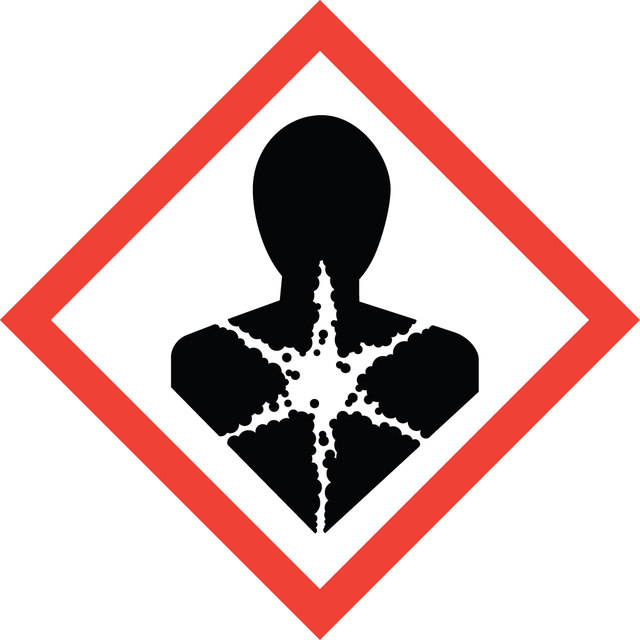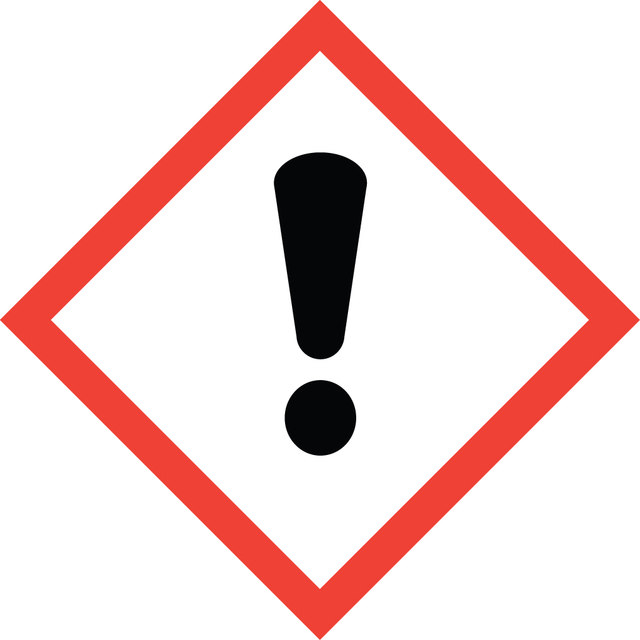biological source
human plasma
Quality Level
form
lyophilized powder
specific activity
≥2,000 NIH units/mg protein (E1%/280, 18.3)
mol wt
37.4 kDa
impurities
HIV and HBsAg, source material tested negative
UniProt accession no.
storage temp.
−20°C
Gene Information
human ... F2(2147)
Looking for similar products? Visit Product Comparison Guide
General description
Application
- in the preparation of fibrin gels for assessing human bone marrow stromal cells (hBMSC) morphology,
- in the activation of platelets,
- to evaluate the integrity of endothelial cell (EC) monolayers
Biochem/physiol Actions
Physical form
Analysis Note
Other Notes
Disclaimer
Signal Word
Danger
Hazard Statements
Precautionary Statements
Hazard Classifications
Eye Irrit. 2 - Resp. Sens. 1 - Skin Irrit. 2 - STOT SE 3
Target Organs
Respiratory system
Storage Class Code
13 - Non Combustible Solids
WGK
WGK 2
Flash Point(F)
Not applicable
Flash Point(C)
Not applicable
Regulatory Information
Choose from one of the most recent versions:
Already Own This Product?
Find documentation for the products that you have recently purchased in the Document Library.
Which document(s) contains shelf-life or expiration date information for a given product?
If available for a given product, the recommended re-test date or the expiration date can be found on the Certificate of Analysis.
How do I get lot-specific information or a Certificate of Analysis?
The lot specific COA document can be found by entering the lot number above under the "Documents" section.
Can a stock solution of Product T6884, Thrombin, be stored frozen?
A suggested stock solution is 100 units/ml. The solution should contain 0.1% BSA for stability and may be stable for about one week at 0-5°C. Since thrombin solutions adsorb to glass, it is recommended to aliquot the solutions in plastic tubes and store at -20°C or below.
How do I find price and availability?
There are several ways to find pricing and availability for our products. Once you log onto our website, you will find the price and availability displayed on the product detail page. You can contact any of our Customer Sales and Service offices to receive a quote. USA customers: 1-800-325-3010 or view local office numbers.
What is the Department of Transportation shipping information for this product?
Transportation information can be found in Section 14 of the product's (M)SDS.To access the shipping information for this material, use the link on the product detail page for the product.
My question is not addressed here, how can I contact Technical Service for assistance?
Ask a Scientist here.
Articles
Thrombin Factor IIa is an endolytic serine protease that selectively cleaves the Arg--Gly bonds of fibrinogen to form fibrin and release fibrinopeptides A and B.
凝血酶因子IIa是一种内切丝氨酸蛋白酶,可选择性地裂解纤维蛋白原的Arg -Gly键,形成纤维蛋白并释放纤维蛋白肽A和B。
Related Content
Our team of scientists has experience in all areas of research including Life Science, Material Science, Chemical Synthesis, Chromatography, Analytical and many others.
Contact Technical Service
